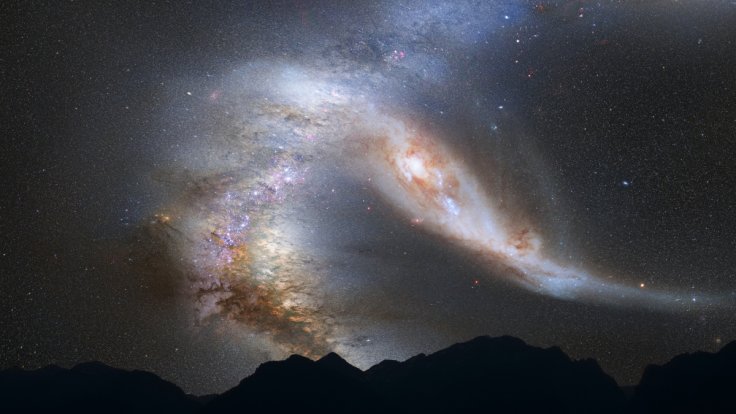
A team of Chinese scientists has spotted a mysterious alien star in the Milky Way, and initial analysis reveals that it may not have originated there. The star named J1124 + 4535 is different when compared with other stars in the galaxy, and its chemical composition suggests that it once belonged to a dwarf galaxy that later merged with the Milky Way.
The research conducted using the Large Sky Area Multi-Object Fiber Spectroscopic Telescope suggests that this otherworldly star contains very small amounts of magnesium, while it has high europium content.
It should be noted that in dwarf galaxies, stars take much longer to form, and as a result, their magnesium to iron ratio will be very much different when compared with stars belonging in Milky Way.
The study report which is now published in the journal Nature reveals that this mysterious star is located in a constellation known as the Great Bear, which is made up of six other bright stars.
As per experts, Milky Way used to expand in the course of time, and in this expansion process, this gigantic space entity used to devour dwarf galaxies.
A couple of days ago, scientists have spotted mysterious holes in Milky Way, and researchers suggested that it could be inflicted by a giant ball of dark matter. The startling discovery was made by Ana Bonaca, an astrophysicist at the Harvard-Smithsonian University. He said that the cosmic criminal behind this celestial shooting might have escaped, and scientists have failed to precisely map the impactor.
"We can't map the impactor to any luminous object that we have observed. It's much more massive than a star... Something like a million times the mass of the sun. So there are just no stars of that mass. We can rule that out. And if it were a black hole, it would be a supermassive black hole of the kind we find at the center of our own galaxy," Bonaca told Live Science.









